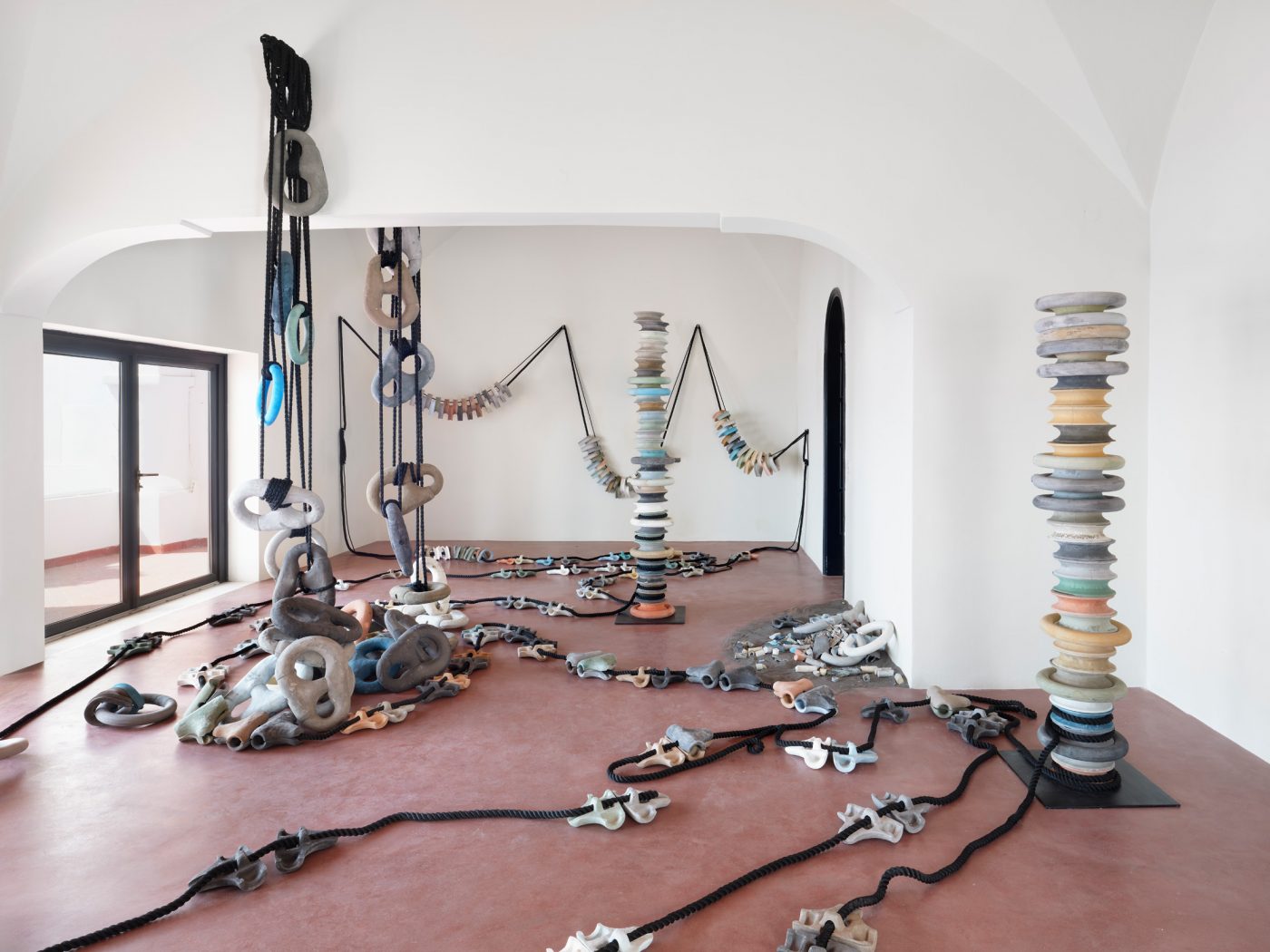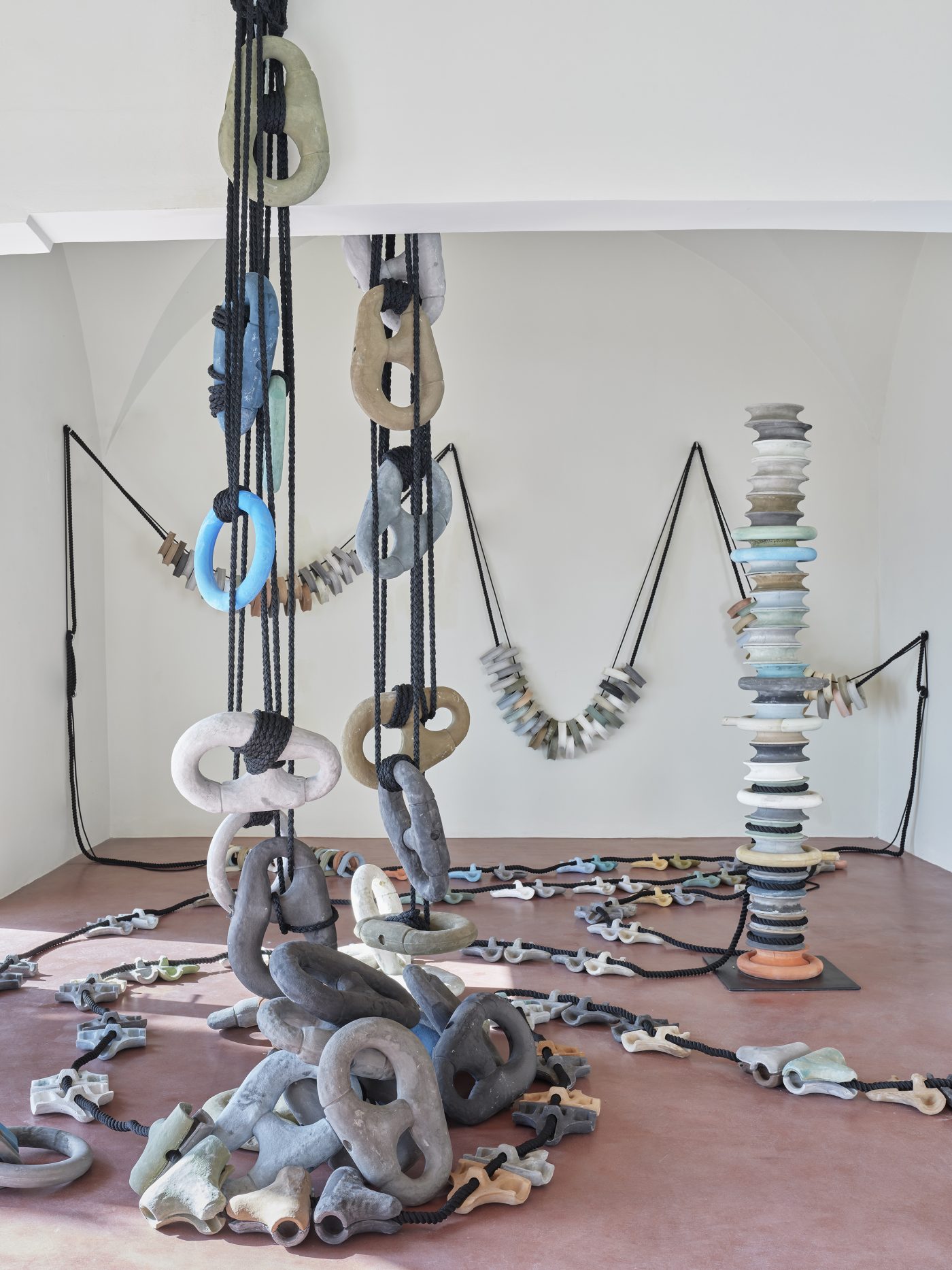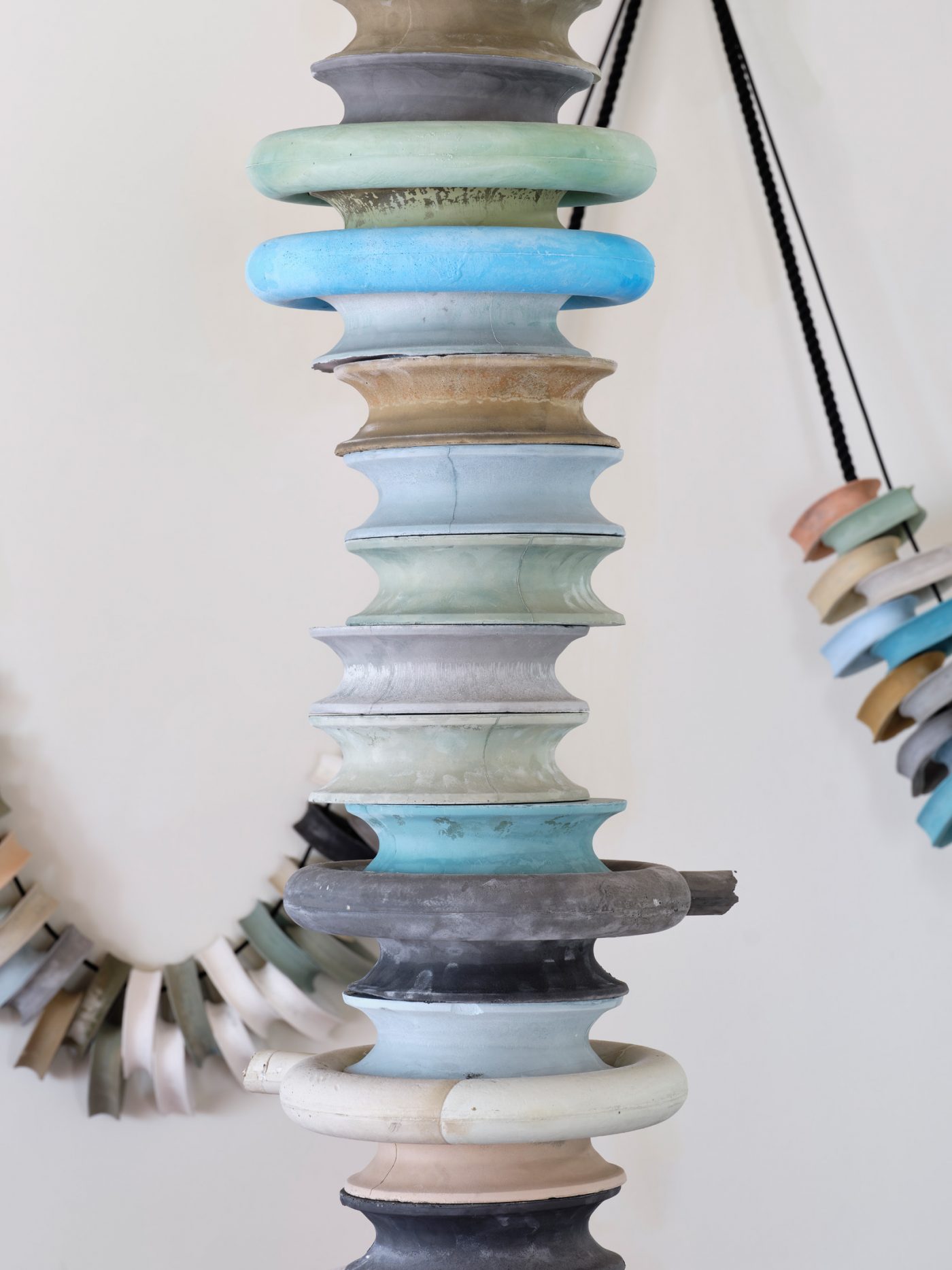RAVIV GANCHROW – IMAGING FATE
soundSTILL HERE II
installationsoundTYMPANIC TETHER
installationsoundRAINBOW STUMPS
islandperformance & writingsoundSLOW RISING WHITE SALES
performance & writingRE-INVITED DEAD FOLKS
performance & writingFRONT OF HEAD VOID
performance & writingWE ARE SMALL
performance & writing3102
islandperformance & writingTWO THOUSAND THIRTEEN – GO NEW ENCOUNTERS
islandCLOWNING IN THE NEW YEAR
installationislandMANN-LY PURSUITS
islandSANTO-GYPSIES
islandperformance & writingHALLOWEEN NEXT – MIDNIGHT DECOMPOSURE
installationislandTURNING RADIUS OF OUTER WINGTIP
islandperformance & writingMANIFESTO-ING
islandperformance & writingLONDON IS EMPTY, BUT HAS AMAZING CAB DRIVERS
installationislandperformance & writingMANIFESTO FOR MANIFESTOS IN CRISIS
islandCARL WEBER ARRIVES ON SANTORINI
islandJULY 18TH 2012
islandKYIV DIARY – DAY LAST
installationislandperformance & writingKYIV DIARY – DAY 2
installationislandperformance & writingISLANDS’ UNDERSIDES
islandperformance & writingNEW BLOOD GREEK CINEMA
installationislandINTERN’S DIARY – JUNE 26TH
islandperformance & writingINTERN’S DIARY – JUNE 25TH
installationislandperformance & writingINTERN’S DIARY – JUNE 24TH
islandperformance & writingRaphael Hefti
artbg-color-9installationINTERN’S DIARY – JUNE 23RD
islandperformance & writingSandwich Gallery
bg-color-14installationCarl Weber
archivebg-color-13videoCurtis Tamm
bg-color-15installationThomas Myernick
bg-color-12installationMegan Dominescu
bg-color-11textile artIntern’s diary – June 22nd
islandperformance & writingPraire, tights factory, screen
islandIsland-Ports
islandResidency start!
islandKyiv Diary – Day 1 May 22
installationislandperformance & writingClaire Bishop and our literal speed
islandtalkAmbient Santorini
installationislandFictive pursuits
islandperformance & writingThe long braid, the balcony, the arrow
islandperformance & writingPseudophotography
photographyTragic historiography
islandperformance & writingSign competition
installationislandperformance & writingsoundThe copyist
installationislandperformance & writingsoundA house with a view
installationperformance & writingsoundRadio Free Santorini + Aural Lighthouses
bg-color-5installationperformanceradiosoundtalkNew Blood Greek Cinema
bg-color-4videoPachinko Playalong + new Fello works
bg-color-3installationlive performancesoundvideoNina Fischer & Maroan El Sani
bg-color-2installationOrder of the Third Bird
bg-color-1performancevideoNika Neelova
artbg-color-6installationLeon Pozniakow
artbg-color-7installationTrajal Harrell – Sister or He Buried the Body
artbg-color-8performanceNika Neelova
Very Like a Whale
Hamlet: Do you see yonder cloud that’s almost in shape of a camel?
Polonius: By th’ mass, and ‘tis like a camel indeed.
Hamlet: Methinks it is like a weasel
Polonius: It is backed like a weasel.
Hamlet: Or like a whale?
Polonius: Very like a whale.
The ruins of an otherworldly city—watch towers of rope spools and street outlines made of chains—mark the room that looks out at the blue caldera, where histories of ancient civilization and Earth lie submerged beneath the Aegean sea. Its elements, shaped after parts of decommissioned vessels from an industrial shipyard in Athens, were cast in local plaster, volcanic sand, and pigments that echo the deep blues, sun-bleached whites, ochres, and ashes of its scenic locale. From one materiality to another, the massive, heavy-duty anchor shackles, rope thimbles, and chain links turn into fragile, fictional likenesses of their former selves at Santorini’s Santozeum. The translation of matter frees them from their cast-iron function. How to moor a barge with plaster? Their dysfunctionality gives way to novel, formal discoveries: bounded by ship rope, the fabricated artifacts lie excavated like a pseudo-archaeological site, marrying machinery, architecture, and the nature of the institution’s coastal surroundings.
In the newly commissioned work Very Like A Whale, artist Nika Neelova responds to the institution’s space and reimagines the land and sea stories of the volcanic region. The artist’s sculptural practice lies in the interstices of architecture, geology, and the human body, and employs tactics of what she terms ‘reverse archaeology.’ Encompassing acts of reclaiming, remaking, and recoding commonplace objects beyond their conventional functions, Neelova probes inherent qualities of legibility and translation of inanimate things through material transformation, and composes alternate readings of history in a play with the human sense of time and place.
In Santorini, Neelova’s titular Hamlet reference—a nightly exchange regarding cloud shapes between the play’s protagonist and his sycophantic counterpart Polonius—conjures up yet another image: the whale. The rib-like, threaded thimbles suspended on the wall, and the spinal rope fixtures snaking across the floor, trace the space like the skeletal body of the oceanic behemoth. From Jonah’s biblical savior, Hindu god Vishnu’s fish avatar Matsya, to Herman Melville’s infamous 19th-century sea epic Moby-Dick, the deep sea creature, in its gargantuan, primordial essence, still holds boundless mysteries and ancient knowledge unexplored by mankind. Yet, much like Hamlet’s clouds, amorphous ideas of the whale oftentimes reveal more about humans’ innate nature—curiosity, terror, greed, or reverence—than they do about the ocean giant itself. Communing over unfathomable distances in languages we don’t speak and depths we can’t see, and a size that swallows our own many times over, the peaceful leviathan has had a god-like grip on humans for centuries. What are we to a whale? Could we ever compare ‘very like a whale’?
Neelova’s installation is a repository of an oceanic vessel—an architectural symbiosis of craft and cetacean. Here, human-centric history collapses into the depths of deep time, marine geology, and dormant knowledge beyond our land-borne existence. The whale ossuary becomes a site of veneration and translation—of material monumentality, of time, and, ultimately, of planetary presences that exceed our own. In a geological era increasingly pervaded by uncontrollable natural disasters and immanent mass extinction, Neelova’s proto-relic Very Like a Whale provides a glimpse of an eluding future where potent alliances with nature might just lie within our grasp.
Clara Tang


